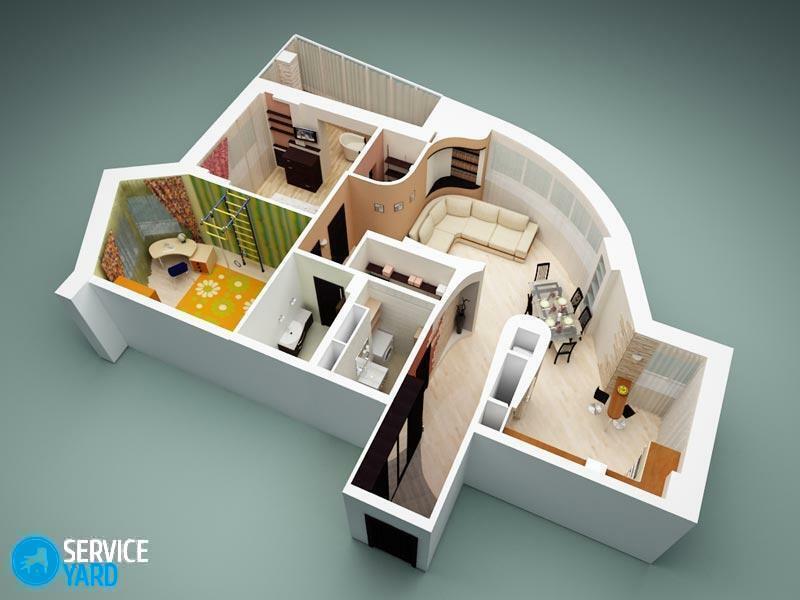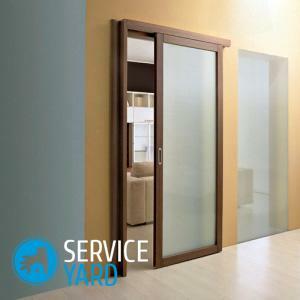Car seats are not designed for young children. It is not safe in a collision, as established in the car belts are not designed for small passenger growth. In this regard, amendments were made to regulations on the transport of children from birth to 12 years strictly in a special car seat.
Specialists recently developed numerous types of car seats. They are classified by age and price category.
By weight, children seats are divided into the following categories:
0+ - up to 13 kg;
1 - 18 kg;
2 - ot15 to 25 kg;
3 - from 22 to 36 kg.
Often car seats combined categories: 0/1, 1/2/3, 2/3, - thus extending their service life.
Content:
- Children's car seats "Group 0+"
- Child seats, carry
- Baby seat 36 kg
- Baby car seat category "affordable price"
- Child car seat booster
Children's car seats "Group 0+"

To move the baby in the car with the birth of car seats fit the following categories.
Category 0 (up to 10 kg) It has a second name "autocradle", as is done in the form of a cradle stroller. In practice, used until the age of 6 months. The main plus - the horizontal position. Required for transportation of premature and weak children because of their physiological characteristics. No pressure on the fragile spine.
Carrycot can be installed in a car along the rear passenger seat. Small passenger tacked both internal staff and seatbelts.
Cons car seats "0":
- bulkiness - takes just two passenger seats;
- tests have shown that the cradle is not capable of protecting the vehicle in a frontal impact.
When selecting such a material autochairs pay attention to the housing (crashworthiness and strength) and quality upholstery fabrics.
0+ car seats more reliable and safe because are installed opposite to the direction of travel. Intended for grudnichka weight up to 13 kg and there fixed or as perenosok. The last option is more popular because it is the seat combines rocking carrier, a place to play and a highchair.
Other advantages:
- the compactness of the car;
- ease of construction;
- installation in the front seat (with deactivated airbag);
- three- or five-point seat belts inside.
Disadvantages:
- Due to the lack of a horizontal position is not recommended to carry the baby to 5 months for long distances due to the load on the spine. It is proved that only a short-term semi-sitting position does not cause any harm.
- Car seat-carrying already fixed seats.
Autochairs transformers combined Group 0 + / 1 able to extend the life of the baby until the age of three (they are rated up to 18 kg). But there are some nuances in this design:
- The chair has an L-shaped bowl of uncertain size, in which there are babies up to 5-6 months inconvenient.
- No carrying.
- Armchair weight - 6-10 kg.
A transformer equipped with a retractable seat, and which provides the child accumbency to 6 months. Before the year it is set opposite the direction of travel, and then - on the go.
When choosing a child seat "0 + / 1", pay attention to:
- the size of the bowl - it should be well suited for a newborn and a three-year passenger (or adjusted);
- method of mounting on the seat of a car - it should not wobble and move;
- assessment and the results of testing;
- form the liner;
- compliance with European quality standards.
Child seats, carry

This type includes the category 0+ car seats. They are designed for children from birth to 1 year (up to 13 kg). Install carry in the car must be strictly against the motion. They have low weight (up to 4 kg), making them mobile.
Advantages of car seats-perenosok:
- construction convenience. Babies often sleep on the road, and the car seat thanks to a robust handle it is easy to move without disturbing sleep. special walking gear, which is easy to install a chair provided for perenosok.
- density - it occupies a place in the car.
- Security models. Showing positive results in crash tests.
- Ease - convenient to carry the baby for short distances.
- Many models are fitted with internal 3- or 5-titochechnymi seatbelts and soft inserts that prevent chafing baby's skin and the sun shield.
Disadvantages of child car seats, perenosok:
- In carrying no horizontal position of the backrest, a small passenger is half-sitting. This may adversely affect the spine at the time of the accident.
- Poor capacity. Car seat-carrying narrow, and the children of them quickly grow. In practice, this chair is used to achieve the 9 months of age.
- The high cost of models with robust Isofix mounting system.
When selecting carrying, pay attention to the product conforms to the European standards of quality. Its presence indicates safety, which has been tested repeatedly during crash tests.
Baby seat 36 kg

Car seats for children weighing up to 36 kg are installed along the traffic and cars can be of the following categories: 1/2/3, 18 to 36 kg (2/3); 22 - 36 kg (3).
Universal retention device group 1/2/3 designed for children from 9-12 months to 12 years and bear the weight of 36 kg. At an early age the baby strapped inside, and adult (about 6 years) - regular automobile seat belts.
Disadvantages of child car seats up to 36 kg:
- Anatomy of an adult child's spine and grudnichka significantly different, which makes the chair uncomfortable for too small or grown children.
- Low indicators of reliability due to crash tests.
- Using a five-point seat belts Interior becomes impossible when the weight of a passenger in the 18 kg.
- Not suitable for long trips in the car, as the adjustable back is always upright.
A significant advantage of this model - efficiency and practicality.
Design features:
- Long back, which is extended due to the sliding of the head restraint;
- the transition from the internal to the regular seat belts;
- armrests, in some models, sliding structures and footrest;
- Disconnecting the back, whereby the seat is converted into a booster;
- backrest adjustment for a comfortable sleep in the road.
When using a car seat with a back Group 3 2/3 or 1/2/3 regular seat belt tight to the hips, right passing over the shoulder and chest. Waist belt is fixed under the armrests, and the upper part - using a special guide loop.
Full seat category "36 kg" safer boosters, so disconnect the backrest should only due to objective reasons.
Baby car seat category "affordable price"

Designed for any weight and age:
- "FEST";
- Frameless seat.
The holding device "FEST" created for children whose weight ranges between 9 - 36 kg. This kind of adapter with three-point safety belt system at the expense, which is tightly fixed by regular automobile belt on the body of the baby. be sure to use the strap "FEST" for children up to 18 kg (3 years).
Pros:
- Compact and space-saving in the car.
- Versatility - suitable for any car, no requirements other than having a regular belt.
- Made from environmentally friendly natural materials.
- Easy to use - fast fixation.
- Reliability. Crash tests have shown that when using the holding "FEST" adapter risk of death was reduced by 50% and serious injury - 90%.
- You can use the back and the front seat of the car if there is no on / off the airbags.
- The low cost of the child restraint.
- The device is easy to remove and to clean.
Minuses:
- adapter is not able to protect from side impacts;
- no stable fixation on the seat of a car, as there is no additional seats;
- since a small passenger foot is not fixed, it is in the case of an accident may slip through the bottom and injured;
- the whole force of impact at the moment of the accident will be in the abdomen rather than the hips and chest, as it should be.
Thus, at low cost and ease of adapter "FEST" is not safe for children's health at the time of the accident.
Frameless seat is a soft liner in the form of the backrest and seat equipped with internal safety belts.
Positive sides:
- tight fixing belt at any weight;
- Compactness - occupies a place in the car;
- versatility - for children weighing up to 36 kg;
- light weight, which makes the car seat mobile and easy in the absence of a personal car;
- affordable price;
- reliably by fixing the baby at the same time internal and regular seatbelts.
Disadvantages:
- Can cause deformity of the spine in children younger than 3 years, as there is no support for the back.
- Low quality products seat may break at the time of the accident, and a small passenger fly through the windshield.
- The head is not protected from being hit.
- Not intended for long trips.
Despite the numerous advantages restraints for children at an affordable price is not safe at the moment of collision.
Child car seat booster

Booster - car seat for children, consisting of a seat without a back that lifts the child in the car to a higher level for proper seat belt fit to the body. Designed for installation in the rear seat for children weighing between 15 kg.
3 types of boosters:
- Made of foam. The cheapest option is not able to ensure safety while riding in the car. Failed tests crash test lopnuv into pieces upon impact.
- On a plastic base. A practical embodiment, provided fabrication of durable materials.
- Combined - consist of a metal substrate, and a soft polyurethane top coating. It is the safest car seats and high-quality version of the booster.
Typically, the boosters are not firmly fixed to the car seat, as regular belt passes only through the armrests. The best types of fastening, in this case - Isofix and Latch.
When choosing pay attention to the following points:
- The higher the adjustment, the lower the load on the lower limbs have at the time of the accident.
- Wide seat booster is more convenient, especially when the baby in winter clothes.
- Covering booster should be removed for cleaning.
Car seats, boosters are designed for adults or larger children who do not fit into the retention mechanism with the back of the "up to 36 kg." They are also used:
- when a taxi traveling;
- when operating at the same time multiple cars in the family;
- when the child does not like to sit in the car seat with backrest;
- with financial impossibility of buying a child seat with backrest;
- To save space in the car.



